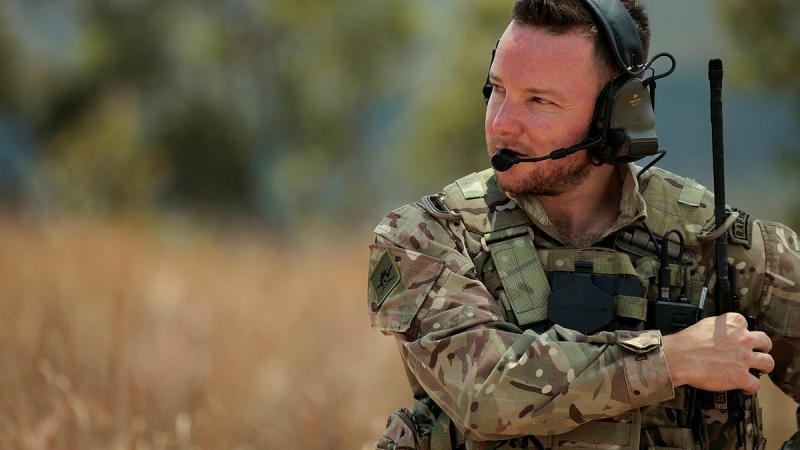Stroke Foundation has welcomed phase one of the expansion of life-saving Telestroke services in Western Australia, acknowledging it is already having an impact.
Minister for Health the Hon Roger Cook MLA has announced more than 30 stroke patients across Western Australia have been provided with telestroke care in the first month of service expansion.
From September 15 2021, greater access to time-critical stroke treatment was made available to people in country and outer metropolitan areas, breaking down their barrier of distance to stroke specialists.
Telestroke uses communications technology to remotely connect a stroke patient and their emergency doctor with a neurologist in a specialist stroke service, speeding up stroke diagnosis. From there, the best treatment path for the patient can be determined. This may include blood clot dissolving treatment or urgent transfer to a specialist stroke unit for more complex treatment.
Stroke Foundation Western Australia State Manager Luke Hays welcomed the Western Australian government’s investment in this critical service and said it is transforming emergency stroke treatment for people in the bush and those without access to specialist advice.
“When a stroke strikes, there is no time to lose,” Mr Hays said.
“Each minute 1.9 million brain cells die, but emergency treatment can stop this damage, save lives and improve outcomes.
“This technology means regional and outer metropolitan patients are no longer disadvantaged by distance or lack of access to specialist advice. They have the opportunity to access best practice treatment and care when they need it most.”
It’s estimated more than 2,700 people will have a stroke in Western Australia this year, of those many will live outside of the cities. In fact, people who live in regional areas are 17 percent more likely to have a stroke than people in metropolitan areas.
The Telestroke ‘proof of concept’ service has been operating in Western Australia since 2015. The phase one expansion includes a single contact number and a dedicated Statewide Stroke Consultant roster, operating Monday to Friday 8am- 6pm.
Mr Hays said while the expansion is a boost for regional Western Australia and outer metropolitan Perth, the community also had an important role to play.
“The first step in ensuring a better outcome from stroke is to recognise the most common signs, F.A.S.T.,” he said.
“is a simple way we can all learn and remember the signs of stroke:
Face: Check their face. Has their mouth drooped?
Arms: Can they lift both arms?
Speech: Is their speech slurred? Do they understand you?
Time is critical. If you see any of these signs call triple zero (000) straight away.
“I urge everyone to learn the F.A.S.T. message and share it with your friends, family and colleagues. It can save a life.”
The WA Telestroke Service operates in conjunction with existing WA specialist services, such as the Neurological Intervention and Imaging Service of Western Australia, to deliver cohesive stroke services to the entire state.







